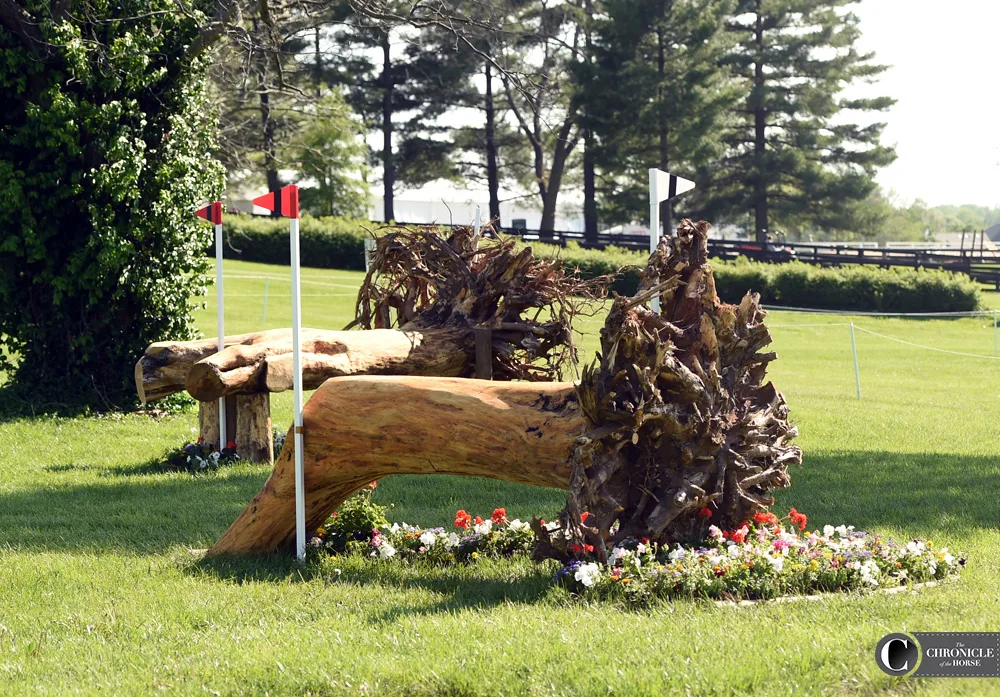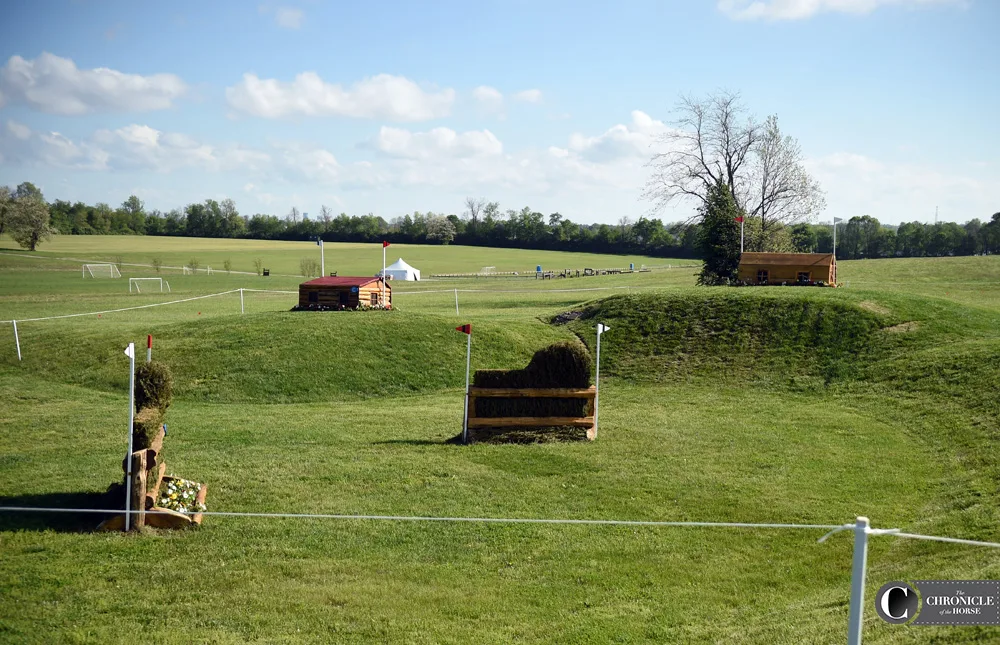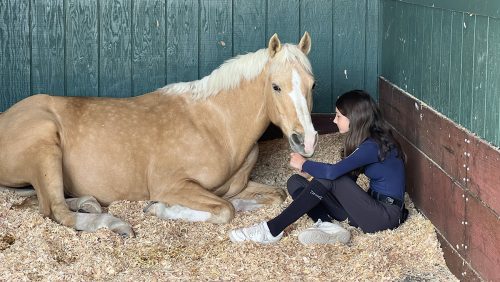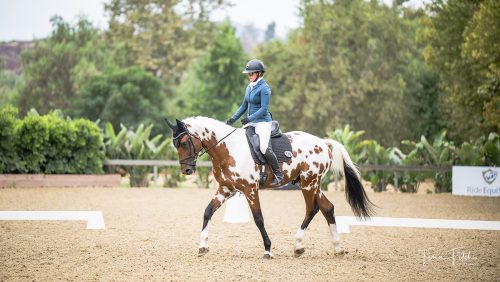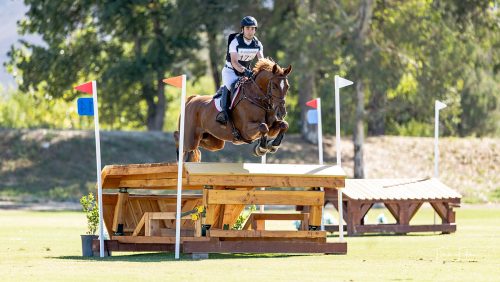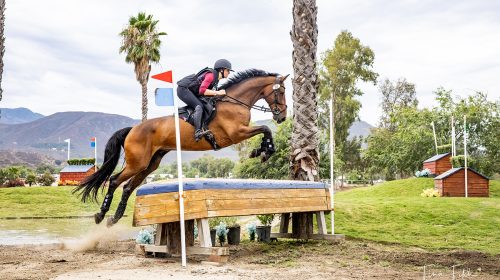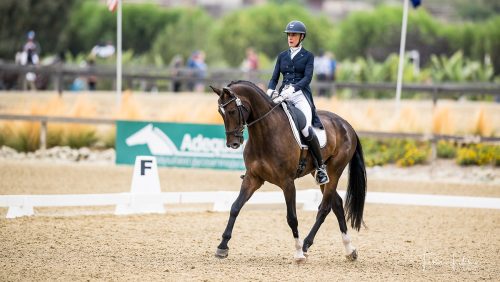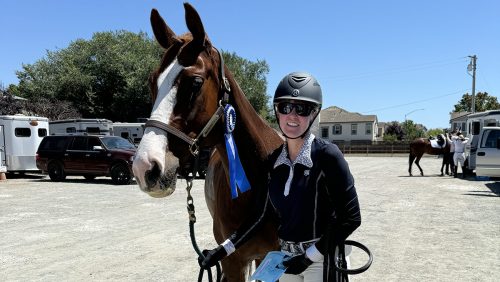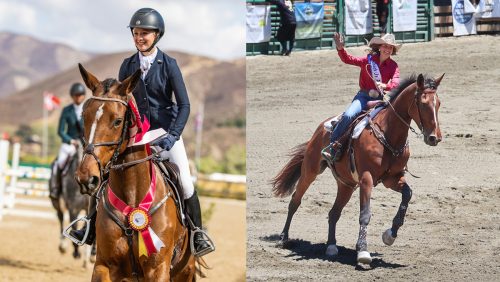Lexington, Ky.—April 28
Riders will tackle Derek di Grazia’s cross-country course tomorrow at the Rolex Kentucky CCI****, and we followed along with the course designer as he discussed some of the key combinations.
The course is 6,430 meters long with an optimum time of 11 minutes and 17 seconds, and there are 28 numbered obstacles and 46 jumping efforts.
Di Grazia said crews have been aerating in spots along the track, but with thunderstorms expected tonight, the footing should be near perfect for tomorrow.
There are several new changes in store, including a different look for the famous Rolex Head Of The Lake, which is one of four water jumps on course, and The Hollow.
“That first loop has changed this year, which I think will work better and give them a little bit of a nicer, easier gallop, get them into the course, and they’ll have three nice fences before they get to fence 4. It’s a fairly serious combination,” said di Grazia.
Fence 4, the Mighty Moguls
Fence 4, the Mighty Moguls, features rails at the A element, followed by a brush with a decent drop to a left-handed corner.
“They’ve got to make their minds up what they want to do, but especially at 4B and the corner at Cc. There’s a choice in the strides they can take, so the riders have to know their horses and feel how they’re jumping, and then make that decision,” said di Grazia. “From 4B and 4C, they have a long gallop into the infield. They’ll pick up the Keeper’s Brush [fence 5], then they’ll go a little further across the infield to the table with the stairs in front [fence 6], another nice galloping fence, before the come to fence 7, the Frog Pond.”
Fence 7, the Frog Pond
ADVERTISEMENT
The first water obstacle riders encounter will serves as an accuracy question, but di Grazia doesn’t believe it should cause much trouble.
They’ll drop in over a big brush, then go through the water and out over a narrow fallen tree stump.
“They’re going to have to line up the stump before they even get to the first jump. When they jump in, they’re going to have to be able to hold their line and be able to keep going. If you look from the other side you realize how much of an angle that log is on. It’s going to be an accuracy question as well as maintaining the control when you land off the brush. You hope the horses don’t have any water problems because you have three more after this,” he said.
After jumping a beautifully decorated vegetable table at 8 and the ditch and brush at 9, riders will encounter the formidable Head of the Lake.
Fence 10ABC and 11AB, Head Of The Lake
After crossing the road and jumping a 3’11” table, they’ll head to a 6’3″ drop into water, then bend to a fish in the water, then continue the left bend to two narrow brush tables.
Di Grazia said it will depend on the horse and rider how this combination will be taken.
“There’s just no one way to do it, which is great, because that’s really cross-country riding. It’s a fence where they’re going to have to be very brave and ride positive, especially jumping in, maintain the control once they’re in here, then they really have to have a good plane jumping out,” he said. “Going from the hedge that’s in the water up to the other one, you either ride really direct or stay out and add that step. It’s going to be quite difficult because it’s a big jump up at the top, and you don’t want to take that power away. That’s something they’re really going to have to think about.”
Fence 15ABC, The Hollow
After three more jumps, riders come upon this revamped feature. The steps have been taken out and replaced by a steep slope to create a new terrain feature.
ADVERTISEMENT
They’ll jump a cabin, go down the hill to a narrow brush, the up over another cabin, but there is an alternate route.
“I think it’s going to be something where the riders will definitely have to be able to, one, when they jump over the cabin be quite positive and make a decision based on how their horses react to the slope, and after that they’re going to be able to know how they’re going to ride to that brush from the bottom of the slope,” he said. “I think they’re going to have to get to the bottom of the slope and be quite positive to jump over that brush. At the same time they have to think of the turn coming up the hill because they don’t want to jump past the turn, otherwise it will make it more difficult coming up to the cabin.”
Riders who think positively and don’t count strides will be rewarded.
Fence 17 and 18AB, Cedar Table and Land Rover Landing
After the giant Cedar Table, riders are challenged with a skinny chevron heading into the water. They’ll have an extra stride on the grass before they hit the water, but this could prove challenging for some horses.
Di Grazia thinks the table, a set-up fence, will be influential. They’ll have to make the choice whether to go the direct route or go to a wider chevron to a cabin that will waste some time.
“They have to know how good their horses are at jumping [the chevrons.] Most of the horses are pretty darn good at jumping these. I’m sure you’ll see quite a lot of them go the straight way,” said di Grazia. “But that being said, the terrain changes here, because they land on the grass and have one stride and then go into the water, if they land off of this fence, they’ll have one stride which will change because of the terrain. Then once they get in the water the stride will change. You have to take all these things into account when they’re riding this line.”
Fence 23ABC, the Park Question
Riders will be on the ninth minute by the time they get to the Park Question, which doesn’t feature the ditch this year.
They’ll do a roll top, then down into a ravine, then up over two brushes. There’s a D element if riders choose to go the long way.
“They’re very far into the course by now. If they’re having a clean round, they want to maintain that, but they have to make a decision here. It’s a nice, easy looking fence, but you have to really line up,” he said. “When you jump A, you have to make sure that you bring your line out far enough so that when you’re jumping B, you’re jumping back towards C and D. That’s going to be really important. The other thing is that they’re going to have to be able to know their horse’s stride. As they go through the course, the stride gets longer and longer, and the horses get flatter. It gets harder to be able to adjust that stride. You have to be able to know how you’re going to judge that turn and get yourself to the first brush at the right time.”




